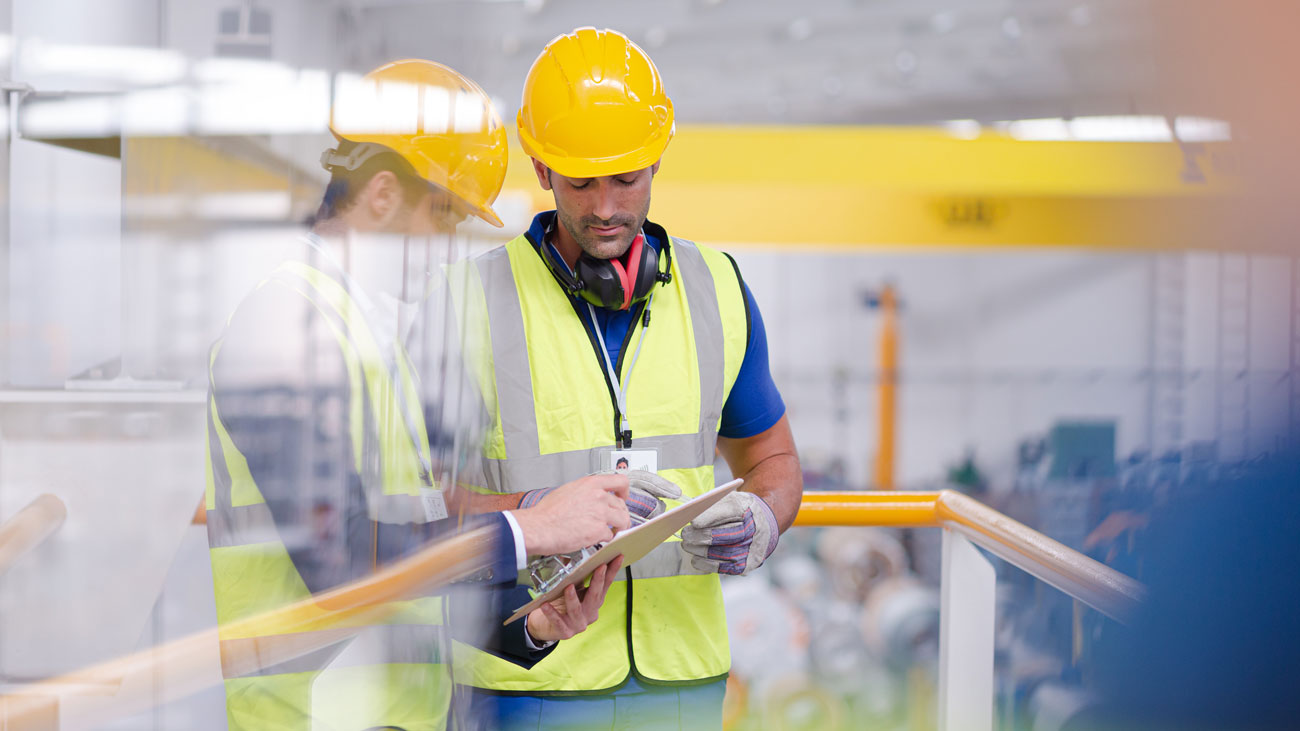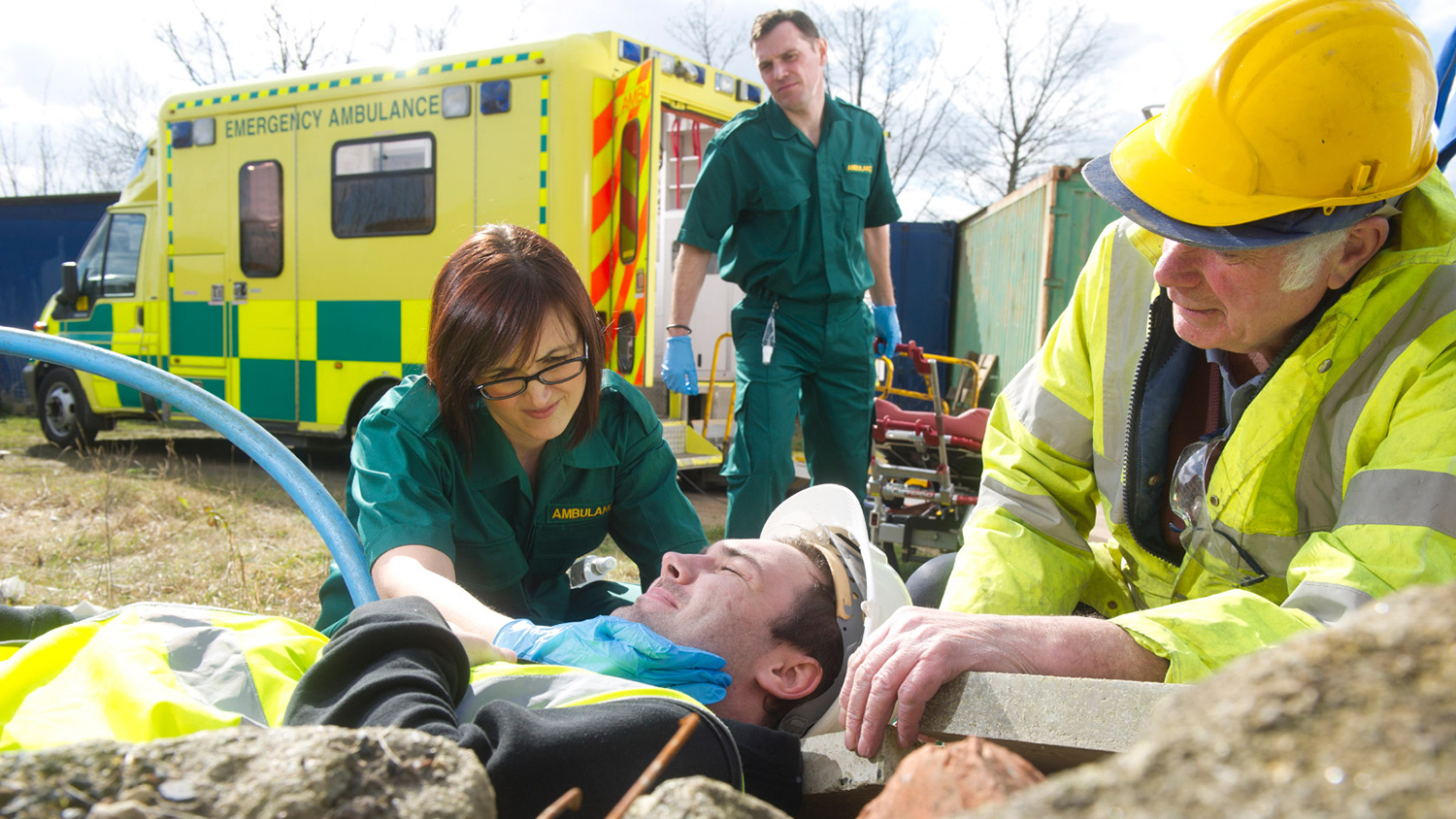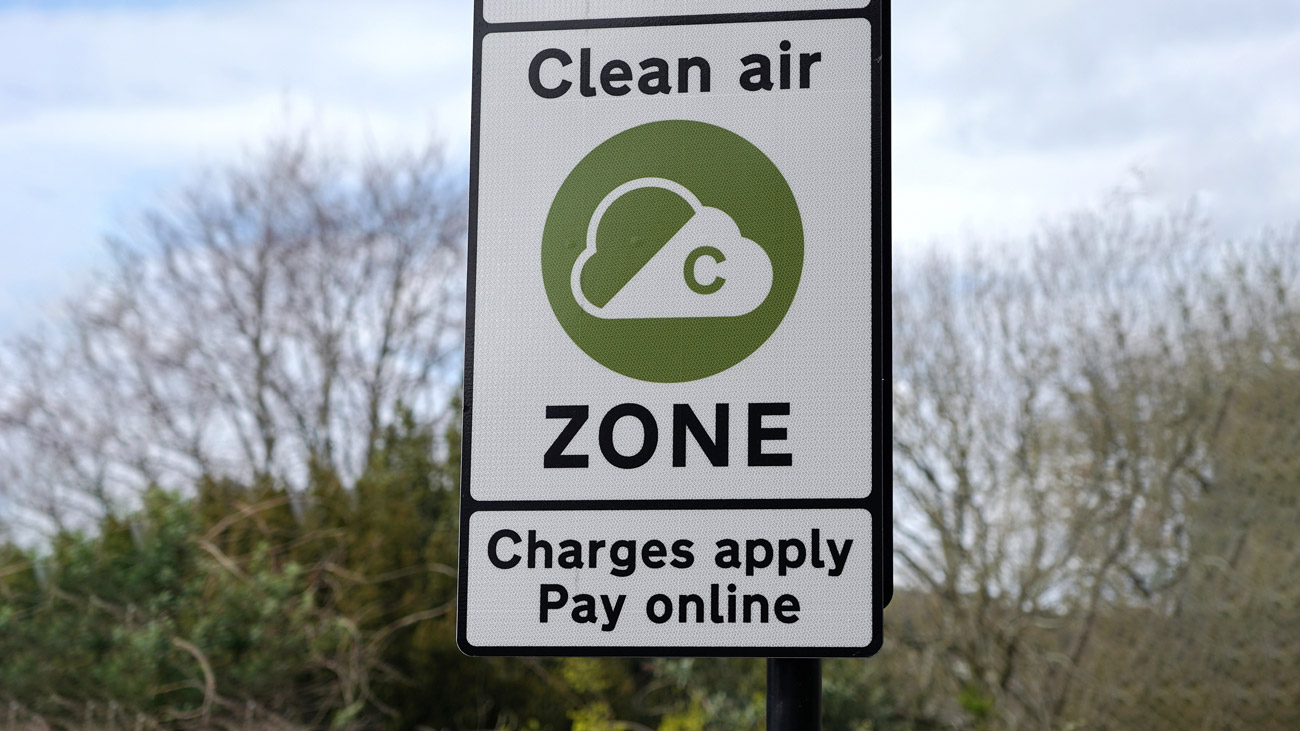
Briefing: Value added - costing the true benefits of safety
A new tool designed to calculate the value of safety to any organisation could help strengthen the business case for OSH initiatives, but also sell the benefits of a more holistic view of employee care and protection, says Louis Wustemann of RoSPA.
The financial numbers usually cited to impress on us the importance of good safety management – and the cost of failure – are massive. An estimated 4% of the world’s annual gross domestic product is lost to workplace accidents and diseases – costing the global economy around £4 trillion in 2021. In the UK, the annual cost is around £30 billion. But the sheer size of these figures can make them hard to grasp and even weaken their impact, since they are hard to relate to individual workplaces. And they don’t help safety professionals in making a case to directors for increased local investment in protective measures.
Recent research could help change that. The New Value of Safety project by the National Safety Council in the US, funded by the Lloyd’s Register Foundation (LRF), a charity that supports risk research and education, has created calculators that help put a cost and value on safety performance at business or even site level. At the same time as stepping the focus down to organisations, the New Value of Safety simultaneously broadens the scope of the value calculation of good safety to take in the benefits to individuals and wider society and to increase the range of organisational gains. This increased scope makes it especially valuable to anyone trying to value safety as a component of sustainability management or environment, social and governance (ESG) measurement and reporting.
Karen McDonnell, RoSPA’s Occupational Health and Safety Policy Adviser, says that this expanded set of valuation criteria, including putting a monetary estimate on reputational value and employee retention gains from good safety, are exciting. They create the potential not just to build a stronger business case for health and safety interventions but to promote a wider conversation in organisations. She says:
“The model really provides an opportunity for our members to see what value means and take a whole-organisation approach. It would appeal not just to OSH professionals but employee reps and HR people.”
First step
The NSC project draws on a previous study, also funded by LRF, titled Value of Safety by researchers at the Delft University of Technology in the Netherlands. The researchers reviewed 3,685 academic papers and surveyed 13 safety professionals. They identified a set of dimensions of value that good OSH management adds to business: health value, environmental value, economic value, sustainability value, ethics value, resilience value, political value and reputation value.
The study found that the first three areas – health, economic and environmental value – were the only ones that had been covered in any detail by previous research and that even in these, there were gaps such as the lack of any allowance for mental health in the assessment of health value.
The researchers developed a broad conceptual model that proposed organisations define and measure the different safety values to their stakeholders – including the public and supply chains as well as direct employees – then design safety systems to maximise those values.
New value added
The New Value of Safety project is built on the value categories identified by the Delft study, tweaking the political value category to the broader concept of societal value. The NSC identified a range of outcomes that demonstrate the value of good safety management, from improved quality of life for employees through better business continuity and resilience, to increased sense of belonging to an organisation.
By attaching estimated monetary values per employee to each of the benefits, the NSC team also developed a series of valuation pathways, calculation tools to allow stakeholders to estimate the financial value of safety impacts to the organisation and beyond.
John Dony, Vice President, Workplace Strategy at the US National Safety Council, presented the study and assessment tools at the People Sustainability Global Summit in London in December 2023, part of a series of sustainability events in which RoSPA has been closely involved.
John said that as long as the user came armed with some basic metrics, the tools turned calculating safety value into a half-hour exercise. He said:
“All you have to do is bring in your data from any organisation. Serious injuries, fatalities, duration of a disability on average when you have a claim, and we provide the secondary data from validated sources.”
As a test of the methodology, the NSC research team worked with sports apparel company NIKE to estimate the value to the organisation of its suppliers’ safety performance. The result of suppliers moving up one level in NIKE’s 5-step health and safety compliance rankings in 2021-22 generated around $620,000 in value for the suppliers themselves and $6.7 million for NIKE in reputational risk avoided.
Karen McDonnell says that impressive though the example is, one of the strengths of the NSC model is that it’s not just for multinationals, and can be used on a site with just 40 employees.
A bigger picture
Karen returns to her point about the opportunity the model offers for organisations to evaluate the wider benefits of caring for employees. She says:
“We talk about blended learning, but this could help promote blended conversations, bringing together psychological safety, mental health, serious injuries and illness. They are all interconnected. In the current situation, when the price of everything is still going up and access to labour is challenging, if we can explain the value of safety and keeping people in work, that’s valuable.”
She believes the younger generation of workers – by some estimates those born in the 1980s and after became a majority of the workforce in the past few years – expect high standards of care from their employers. She observes:
“Particularly the younger demographic choose their employers carefully, and if the employer is seen to value them, whether that’s stopping them falling from height or getting mesothelioma, those are the organisations people will gravitate to and stay with.”
Karen says that she hopes people will apply the tools in their own organisations and then share their experiences so that others can learn from them.
For more advice on building a business case for health and safety go to: www.rospa.com/policy/occupational-safety/advice/business-case







